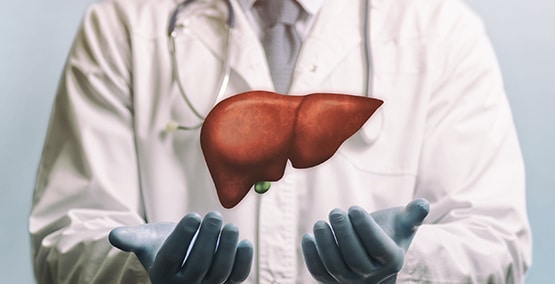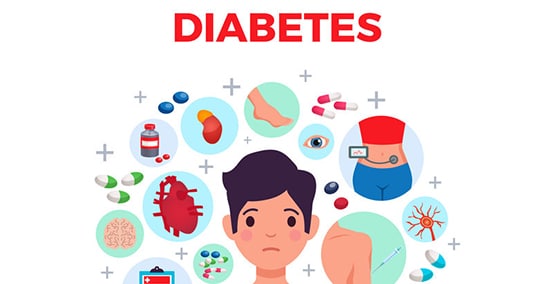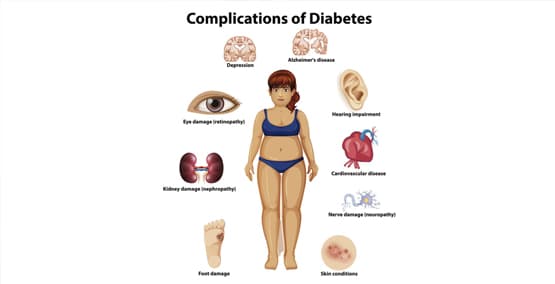
Pancreatic enzyme capsules
Patients with cystic fibrosis often take an enzyme capsule with food to help absorb essential nutrients. The enzyme replacement comes as capsules that are taken with each meal and snack.
PERT (pancreatic enzyme replacement therapy) is an important part of the treating the exocrine pancreatic insufficiency (EPI) that's a part of cystic fibrosis.

Several important facts:
- The capsules contain the enzymes the pancreas can't make. This includes lipase that breaks down fat; amylase that breaks down starches into sugar; and proteases that break down protein.
- The number of capsules is determined by the amount of lipase needed.
- The capsules are labelled by the lipase they contain. This varies from 3,000 to 40,000 international units (iu) of lipase in each capsule.
- Kids don't like taking medicines (and most adults don't either), so you want to use the fewest number of capsules. If someone needs 30,000 iu for a meal, it's best to take a 24,000 iu + a 6,000 iu capsule instead of 10 3,000 iu capsules, for example.
- If someone has difficulty swallowing pills, you can open the capsule and sprinkle the tiny beads on applesauce or another soft acidic food.
- The capsules should be taken at the beginning of a meal. Don't forget to take the capsules with snacks too.
- A loose or greasy stool suggests more enzyme capsules are needed. A hard, constipated stool suggests they may not be getting too much enzyme.
- Stool tests can tell how well the PERT is balanced with a person's diet.
- An acid blocker can be added to help the enzymes work sooner, if necessary.
- Capsules or foods that have had capsule beads sprinkled on them shouldn't be frozen.
- Capsules can melt and become inactive in the heat, so they shouldn't be stored in the car.




